In 2007, I experienced painful insomnia after a near-death bicycle accident. The injuries kept me from sleeping through the night for months. When I studied hypnosis and health coaching, what I learned empowered me to help myself so I could get out of doctors’ offices, away from prescription medications, and sleep again naturally. Later on, I began sharing these techniques with my clients.
After I’d been working with clients for a few years, I noticed that some clients accepted their insomnia as if it were a normal part of life. It made me wonder if insomnia had become a social norm that people expected to experience. Or, if they didn’t see as a problem.
But it is. Not being able to sleep is a big problem.
Why You Need Your Beauty Sleep
When your parents told you to “get your beauty sleep,” they were onto something. The body recovers and restores itself during sleep, with the sweet spot from 7 to 9 hours. Without enough sleep, we develop more wrinkles and fine lines, drier skin, hair loss, dark puffy circles under our eyes, and a weary appearance. This can make us look unhealthy and unhappy. [1]
According to the American Sleep Association, sleep deficit also causes physical and mental fatigue, increases the risk of heart attack, stroke, obesity, depression, motor vehicle accidents, relationship issues, and suicide. Lack of sleep makes people irritable and impulsive, too—a terrible combination for important decision-making. [2]
Our bodies perform many miraculous tasks while we sleep. Among them, researchers say that sleeping allows the body to “wash away harmful waste proteins that build up between brain cells” while we’re awake. [3] While asleep, the brain consolidates memories, too, which allows us to recall information when we need it. [4]
This list should be enough to send us right to bed!

Sleep Like A Baby
Insomnia might feel hopeless to the insomniac, yet sleeping is a natural biological activity. We were born knowing how to sleep like an expert. Think about how a baby falls asleep so easily, becoming a heavy weight on your chest.
One of the keys to overcoming insomnia is in that idiom: “falling asleep.”
“Falling”, in this case, has two meanings. In one sense, we pass from one state or condition into another. We fall from wakefulness into a realm of altered brain activity that we call sleep. [5].
Falling also refers to the physical sensation we have when our nervous system “sinks” into our bed and into that soft realm of sleep.
Just an aside here: if the idea of “falling” when you go to sleep triggers a fear of physical falling, just remember this. When you fall asleep, you’re perfectly safe to experience that sweet falling sensation in your comfortable bed. Whereas you should, of course, remain mindful when you’re out and about to stay upright.
Now, if falling asleep can be so easy, then why do people have trouble sleeping? Aside from complex PTSD, infant care, and pain syndromes—which require unique treatment plans—people generally don’t sleep well because of poor sleep routines, referred to as “sleep hygiene.”
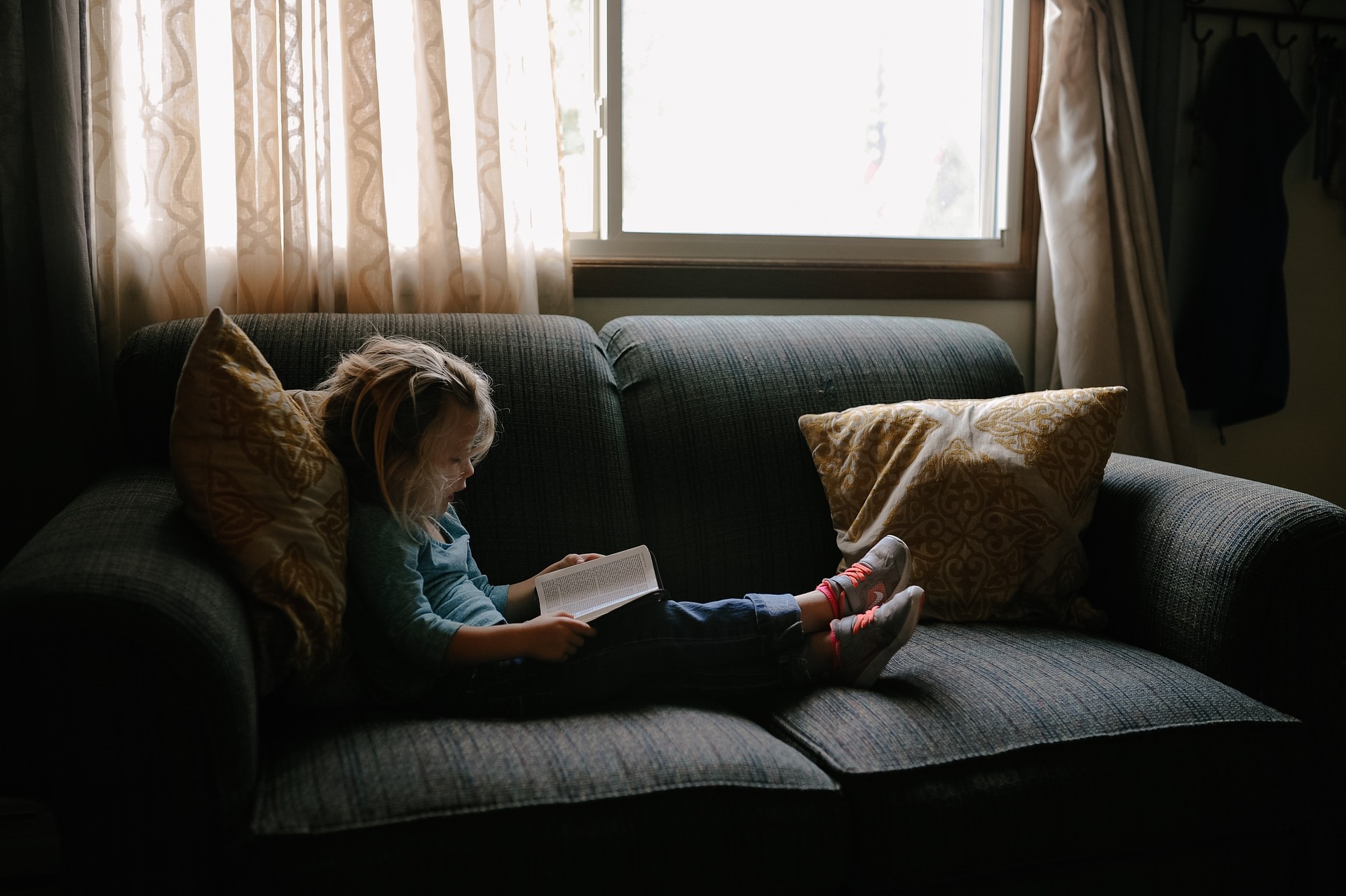
No Jumping After 7:00
When I taught elementary school in the 1990s, a student’s family invited me over for dinner. At 7:00 PM they told their kids, “Okay, no more jumping—at least one foot on the floor at all times until bedtime.”
The wisdom of this advice for winding down before bedtime lies at the heart of good sleep hygiene.
It’s not that adults “jump” and should stop jumping before bedtime—though some people do exercise too late, which can hinder their sleep. Rather, we adults have habits that can make us jumpy, wired, and overactive. These habits often start in the morning and continue throughout the day. This is why getting a good night’s sleep is tied to all of our daily activities.

How to Sleep Again
We know babies and children need good routines to support sleep and good health, but so do adults.
What follows are the main habits I learned from helping clients, as well as myself, learn to sleep well again. Depending on your current lifestyle, some tips may apply to you more than others.
Choose the ones you think will help you most. And don’t forget to give yourself credit for the ones you’re already doing well.

Managing Caffeine
Unless you’re the exception, who can drink caffeine and go right to sleep, you probably know you shouldn’t use caffeinated supplements or caffeinated coffee, tea, soda, or sports drinks toward the end of your day. But the end of the day may not be soon enough.
The half-life of caffeine is 5 hours. That means it takes 5 hours for half the caffeine in a 16-oz Starbucks—which has 300 milligrams of caffeine—to be out of your body. The rest is gradually metabolized. How quickly depends on your constitution.
This means that the caffeine from a 2:00 PM coffee is only halfway metabolized by 7:00 PM. Depending on your metabolism and sensitivity, the residual caffeine could keep you awake and alert for longer than expected. [6]
Easing Caffeine Withdrawal
If you suspect caffeine keeps you up at night but fear caffeine withdrawal, try gradually reducing your caffeine intake over a period of 7 days. Cut it by one-third for a couple of days, then cut that amount by one-half for a couple more days. Continue to gradually reduce your caffeine until you no longer feel jittery or wound up.
Also, watch for hidden caffeine in chocolate, teas, supplements, sweets, and protein powder (many contain caffeinated green tea to give you “energy”).
In place of caffeine—which is a diuretic that can leave you feeling dehydrated and listless—drinking water to stay hydrated can boost your energy level. If you think water tastes boring, add lime, lemon, cucumber, or other fruit for flavor. If you like stevia—a natural, no-calorie sweetener—a pinch or drop can transform your fruit-water into a tasty drink. After clearing your palate of caffeinated drinks for a few weeks, good water (filtered or bottled) will begin to taste sweet and refreshing.
If you’ve been getting your caffeine in chemically flavored and sweetened coffees or drinks, giving them up may have unexpected benefits such as weight loss and fewer headaches. Giving up caffeine also decreases anxiety and tunes you into your body’s sleep cycle.

Make Yourself Comfortable
Hopefully, your job or workplace allows you to dress comfortably. Wearing clothes that cause discomfort and pain will preoccupy your mind with minor or major physical complaints all day long—which is exhausting. If uncomfortable fashion choices mean a lot to you, consider being the creative trendsetter who finds ways to look amazing and be comfortable. You’ll definitely be smiling more in comfortable clothes!
Dressing down into even more comfortable clothes should happen as soon as you get home from work. Getting comfortable tells your body it’s time to start winding down. So put on your sweat pants or blue jeans or even your pajamas (that’s me) at the end of your day.

Eat Real Food
Most of us feel best when we eat healthy meals at routine times. However, insomnia can set up a vicious cycle of overeating and high carb, junk food cravings.
Researchers connected lack of sleep to food cravings and weight gain by comparing leptin and ghrelin levels in people who slept less than 5 hours with people who slept an average of 8 hours per night. Leptin, a hormone our fat cells produce, tells our brain if we’re hungry or full. Low levels of leptin signal starvation. High levels of ghrelin, produced by the stomach, stimulate the appetite.
Those people who didn’t get enough sleep had 16% less leptin and almost 15% more ghrelin—meaning their appetites increased and were difficult to satisfy. [7]
If out of control hunger feels familiar, take heart. Once we get enough sleep and our hormones regain their balance, it’s easier to use self-discipline to eat regular meals consisting of real, healthy foods.
Most people can tolerate a little fun food once in a while. But sorry to spoil the fun. If you constantly eat junk food, foods that aren’t good for your constitution, or big meals right before bed, you’ll eventually pay with discomfort, pain, and health issues. It’s best to eat real food and give yourself a few hours between dinner and bedtime.
If you need support managing your diet and cravings, health coaching and hypnosis can help. If you have complex medical issues that affect your diet, your doctor’s input is vital to your dietary plan.
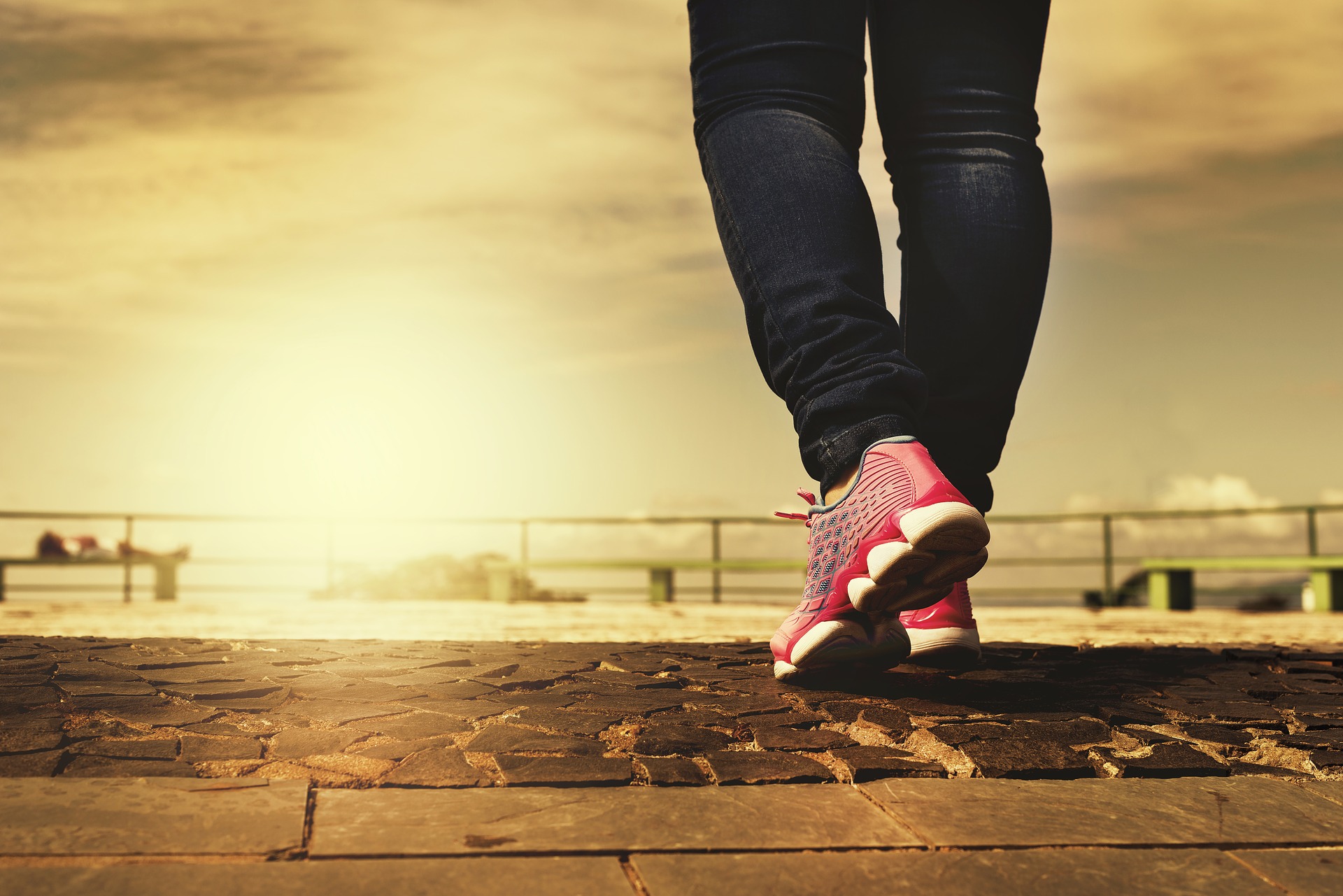
Move Your Body—Exercise
Moving our bodies everyday doesn’t have to be a big workout ordeal. But when we don’t move enough during the day to work up an appetite or shift our mental state, a subtle restlessness builds up. Just taking a 20-minute walk—especially outdoors/in nature where we get natural light—can clear the restlessness and release our minds from the day’s activities. Being in natural light helps to reset our body clocks, too, which helps us fall sleep at night.
If a heavy workout is your thing and feels good, notice what time of day contributes best to your productivity and your sleep cycle. Many people can’t sleep if they do a heavy workout in the evening or too late in the day. If this sounds like you, experiment with the time of day and intensity of your workout routine.
Not everyone has to be a super-athlete. For some people, a heavy workout isn’t good for their constitution. (I personally learned this lesson.) If you feel worse after working out, such as being too revved up or experience nausea, headaches, or pain beyond the normal muscular aches associated with exercise, consider walking, yoga, dancing, or simply lightening up your workout routine.

Cool Down
Unless you’re a dedicated morning shower person, taking a bath or shower before bed is a perfect way to wind down.
Our body temperature is naturally warmer throughout the day—when we’re more alert—then drops in the late afternoon. Taking a hot shower or bath feels warm at first, but when you get out, your body cools off. Cooling off is a cue for the body to relax. [8]
Showers and baths also relax the mind. The water pressure on our bodies interrupts mental chatter and provides a sensory pleasure most of us need after a long day of work. At the same time, we can visualize stress going down the drain.
if you don’t want to shower or bathe at night, keep your bedroom cool enough to sleep well, but not so cold that you’re hunched up.
If you’re a hot sleeper, you’ll sleep cooler in 100% cotton pajamas and 100% cotton percale sheets. But if you’re cold, try 100% cotton flannel sheets. (I love my cotton flannel sheets from The Company Store.) I personally use a super-soft cotton flannel fitted sheet with an Egyptian cotton percale top sheet. It’s warm yet cool at the same time.

Make Your Bedroom a Sanctuary
Just as a kitchen is for cooking, your bedroom is for sleeping and, if you’re sexually active, sex. If you want to relax and be able to sleep, your bedroom should feel clean, uncluttered, soothing, comfortable, and safe.
According to a study done by UK Travelodge, bedroom colors associated with a good night’s sleep are blue, yellow, green, silver and orange. Blue, green, and silver are calming colors, whereas yellow relaxes the nervous system. Quieter shades of orange create comfort, warmth, and digestive support. [9] (I chose Benjamin-Moore’s Sun Washed, a pale pastel peach color that complements my bedroom’s exposed brick.)
You’re going to be using your linens for many years. So why not invest what you can in luscious sheets that invite you to curl up and sink deep into comfort. (Choosing sheets is a whole other article!)
Washing your linens in hypo-allergenic, scent-free laundry detergent, and drying them with a wool dryer ball (instead of chemically treated, petroleum-based dryer sheets) will keep them soft and safeguard you and your brain from unhealthy chemicals.
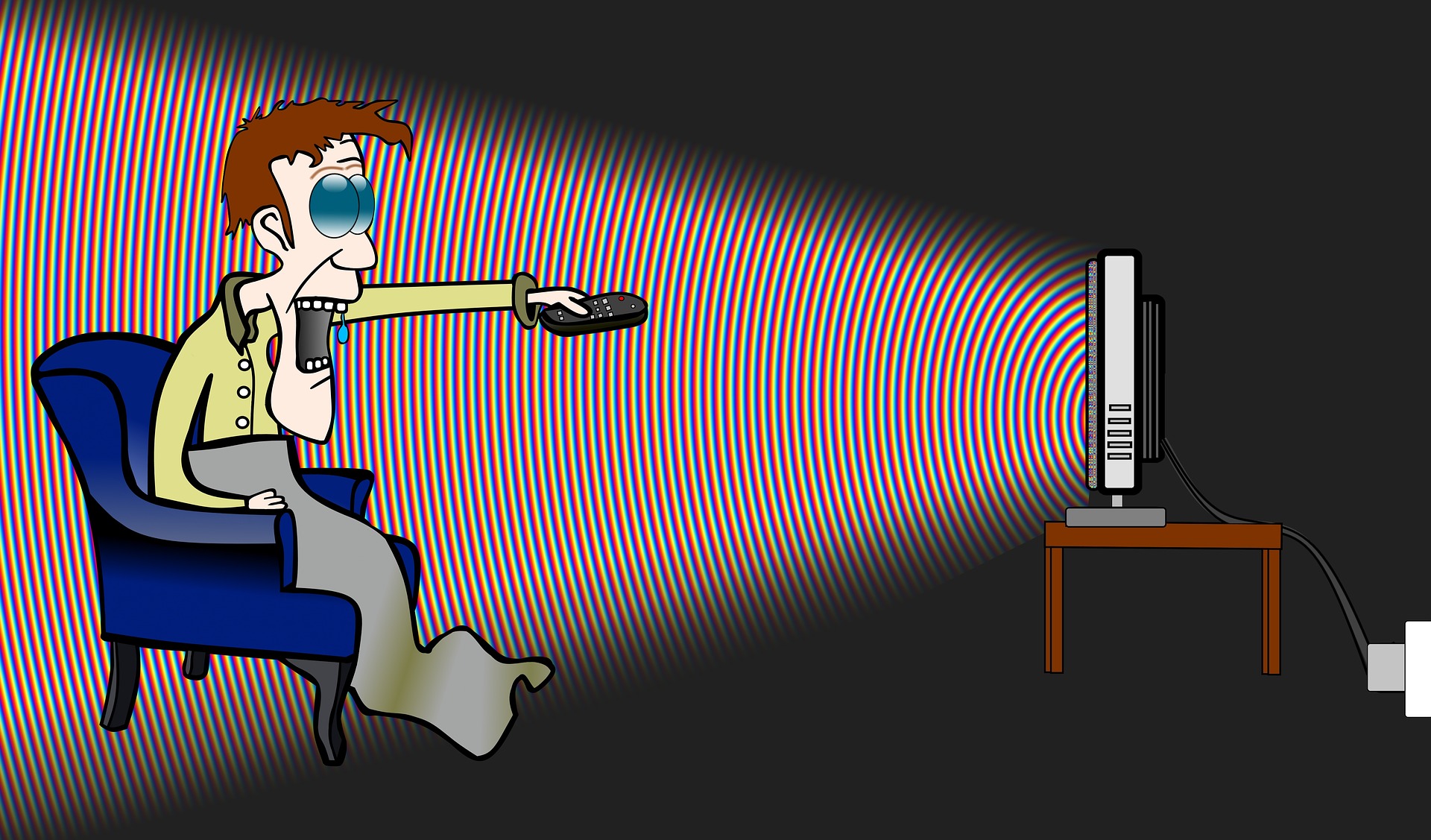
Say Goodbye to the Bedroom TV
I know many people like to watch TV in the evening, but a TV in the bedroom is a huge distraction from sleeping. I’ve worked with clients who let their partner watch TV in bed out of courtesy. But it’s impossible to sleep through the noise unless you have nerves of steel.
If you’re even mildly electrically sensitive, just having the TV in your bedroom and plugged in may also create an undercurrent of nervous tension for you.
Some sleep experts think reading in bed also interferes with sleep. But as long as the book isn’t a textbook or tech manual that demands heavy concentration, or a thriller or page-turner that makes you want to stay up for hours, reading can be a soothing distraction from a long and busy day.
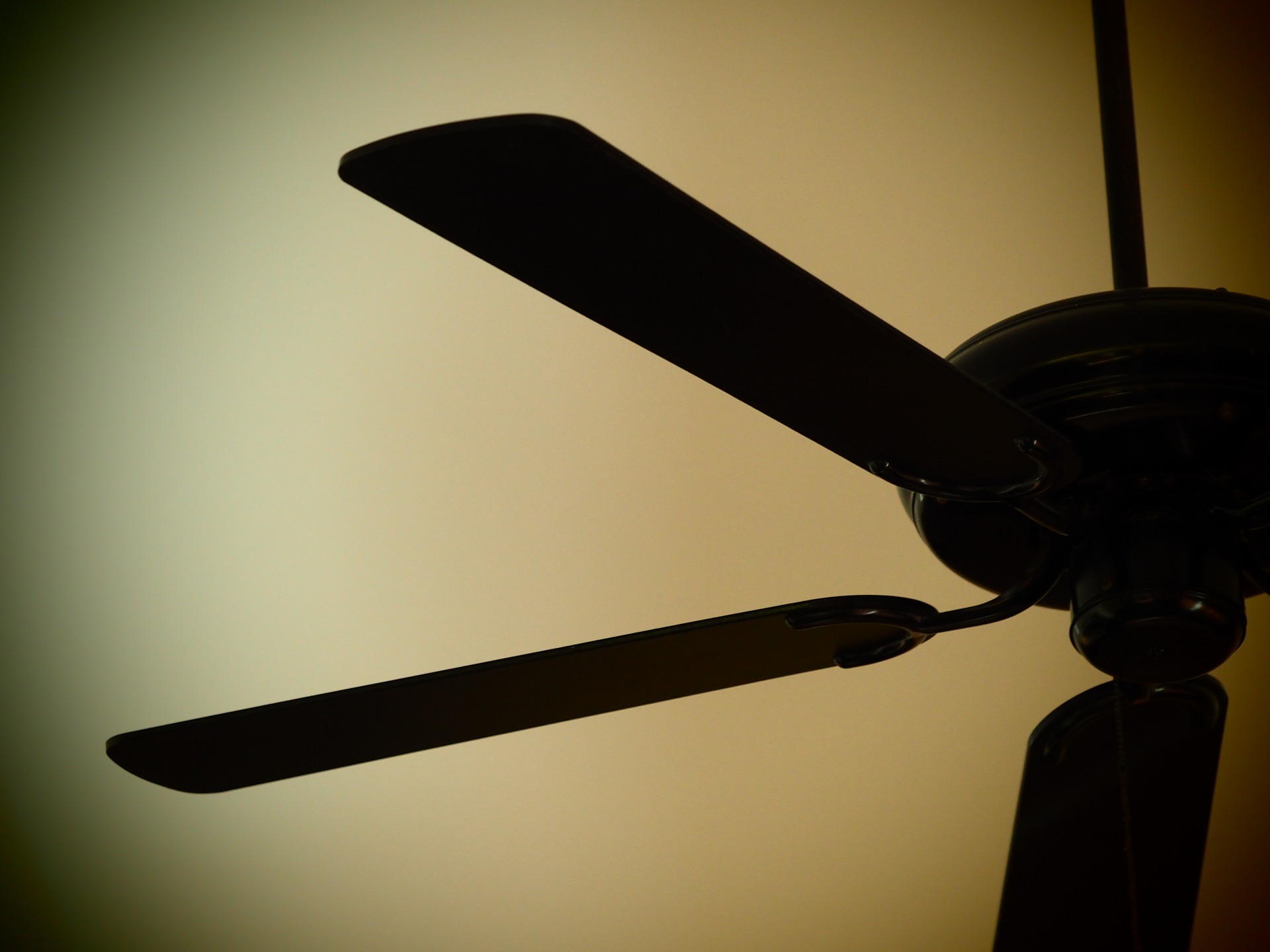
Use your Learning Style to Help You Fall Asleep
Do sounds keep you up at night? For auditory people, who are tuned into sound, a fan, air purifier, or white noise machine/app works well for masking night sounds.
For kinesthetic people, who are tuned into how their body feels, you’ll want pajamas and linens that make your skin sing with comfort. If you’re a warm sleeper, 100% cotton pajamas will allow your body to breathe; whereas synthetics can hold in heat and feel like a suffocating plastic bag once the sweating begins.
Don’t laugh, but some kinesthetics use a “blankie” to improve sleep. If you had a comforting blanket as a child, using one now can be a positive anchor to that time and trigger sleep. A soft piece of fabric also provides a soothing physical sensation that diverts attention from mental chatter to physical comfort.
For visual people, creating a bedroom that’s a beautiful sanctuary of peace will help you let go and fall asleep. So will using your creative imagination to picture beautiful scenery that triggers relaxation.
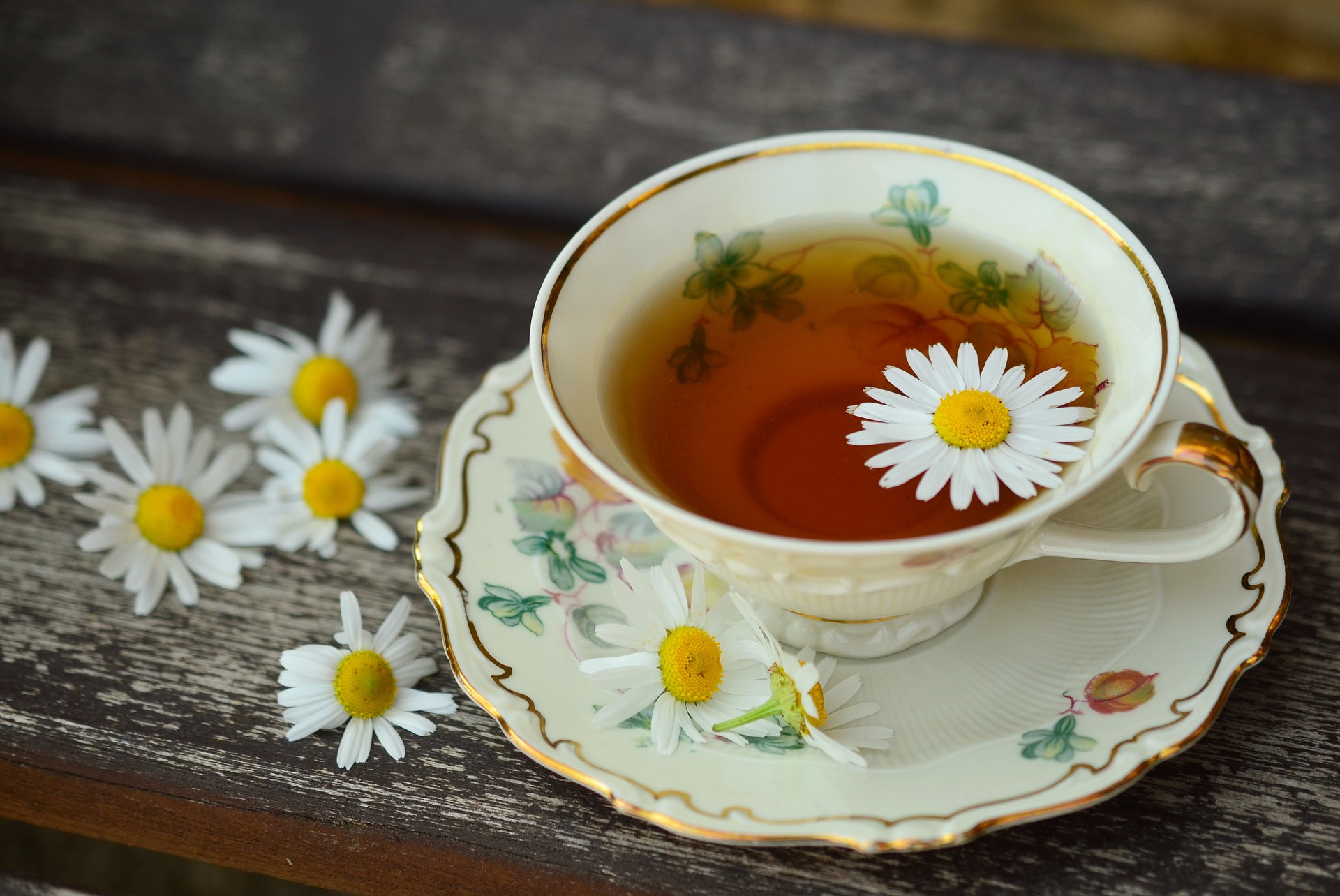
The False Promise of Alcohol
If you’ve been using alcohol to relax, distract yourself from worry and overthinking, and get to sleep, I have bad news. Although alcohol may put you to sleep faster, it robs you of restorative REM sleep and may contribute to drowsiness and poor concentration during the day. Sorry! [10]
If you have trouble letting go without alcohol, that evening bath or shower can help. So will a journal next to your bed for writing down all your worries, to-do lists, and ideas. When you empty your mind—knowing it’s all written down for when you need to remember—you can let go.
A good substitute for alcohol is chamomile tea to soothe your nerves. I also like the supplement “L-theanine,” a calming amino acid found in green tea. Pure L-theanine contains no caffeine. As always, check with your doctor before going off medication or adding new supplements to your routine.
Don’t want to give up your evening drink(s)? Try this. Give it up for one to two weeks. Then reintroduce one drink and see how it affects your sleep. Once you observe how alcohol affects your sleep, you can make an educated choice about whether your nightcap is worth it.
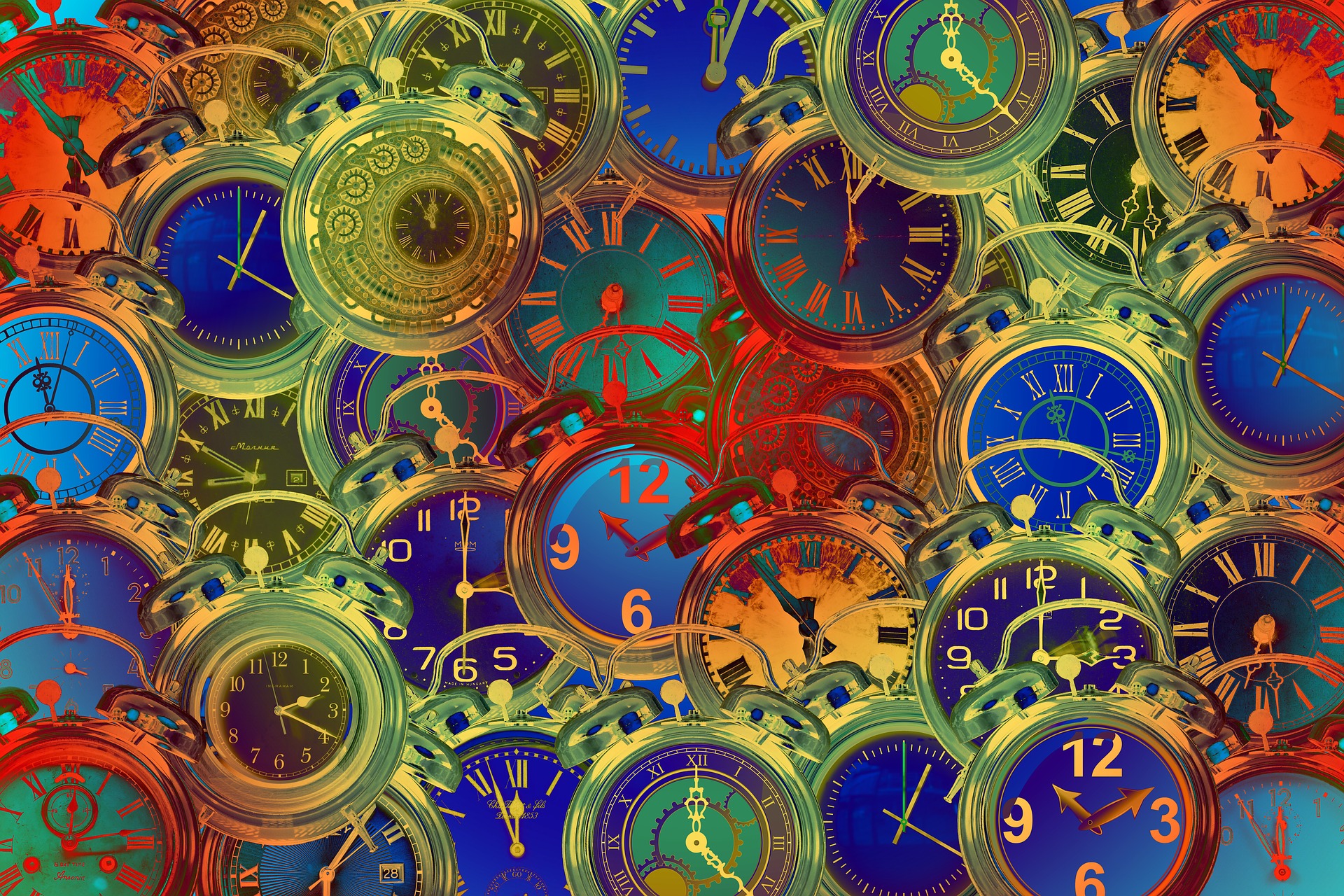
What Time is Bedtime, Anyway?
The current research on larks and owls (morning people and night lovers) indicates that the optimal bedtime may be between 8:00 PM and midnight depending on a person’s circadian rhythm. Circadian rhythm is our 24-hour internal clock and regulates hormone release such as melatonin, which regulates sleepiness and alertness. [11]
Our ancestors, who had no artificial light aside from firelight, got up at daybreak and went to sleep at night. They had no choice but to live by the rhythm of nature’s day and night. In modern times, artificial light has fueled round-the-clock opportunities for productivity and socializing. Bedtime has become flexible to the detriment of many people.
But knowing that 7 to 9 hours of sleep is optimal, we can work backward from the time we have to get up for work or other responsibilities and determine our bedtime from there. For example, if we have to be up by 6:30 AM to do morning chores and start work by 8:00, we can be in bed by 10:30 PM for eight hours of sleep.
You can figure out your own optimal bedtime by experimenting with a shift in bedtime. If you stay up too late and want to get to sleep much earlier, you may have to start with waking up much earlier and suffering through a day of sleepiness. This is referred to as “jet lagging” your way through to an earlier bedtime. You can also go to sleep a half hour earlier each night until you’ve reached your optimal bedtime.
The blue light of our devices interferes with melatonin production. So limiting your phone and computer use at night will help align your circadian rhythm to nature’s day and night as well as your own personal rhythm.
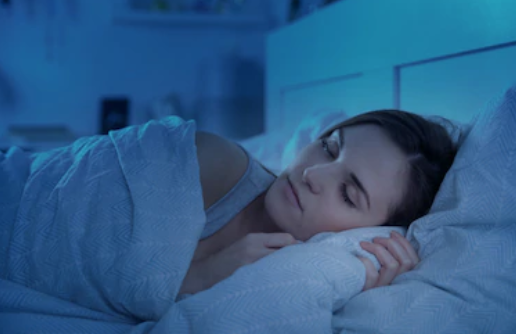
Strategies for Letting Go
Finally, falling asleep requires a letting go that insomniacs and worrywarts often struggle to do. Indeed, those who don’t sleep often have a concern in the physical world that they can’t surrender control of in order to fall asleep. This includes concerns about business, children, parents, projects, a job, finances, health, a relationship, career, social status, success/failure, and so forth.
But falling asleep requires letting go of it all—at least for the time being.
How to Let Go
The worried person gets into bed holding those worries in their physical body—e.g. tight shoulders, tense hands, tight hips, and a clenched jaw. When we intentionally open our fists and relax our hands, we release our grip on those worries and our shoulders begin to relax down. The breath begins to release and deepen, like a sigh, and we connect with the natural rhythm of our breath as in meditating, mindfulness, and self-hypnosis.
When our shoulders relax down, the nervous system follows. As this happens, our attention begins to shift from mental chatter to the sensation of sinking into the bed. Then we can allow our bed to hold our full weight—like a sleeping baby resting heavily against its mother. As we sink deeper and deeper, it’s helpful to become aware of our body—from head to toe—and consciously release our weight into the bed. Doing this helps our mind step aside, and allows our bodies to take over and fall asleep.
What’s on Your Mind?
At the end of our day, the images, sounds, smells, and conversations we’ve experienced replay in our minds. This is a good reminder that what we do, say, and pay attention to during the day becomes our companion at night. If you’re bothered by your mental replays, consider how you can adjust your day to change that. In this way, we make our mind our friend.
Surrendering Your Worries
If you’re a spiritual person, you can offer your worries to your guardian angels or a benevolent, intelligent universal force. Ask them to watch over your worries, help you find the resources and people to resolve them with ease, and transform them into blessings.
If you don’t experience yourself as spiritual, you can leave your worries, figuratively speaking, in an imaginary basket by your bed. (Or write them down and put them in a real basket.) The next day, you can pick them up when you’re ready.
Let Go of Time
If you’re a clock-watcher (or a phone watcher), turn your clock around so the display doesn’t keep you up or keep you connected to time. Now is the time to let go of time and drift into the timelessness of sleep.
Count Your Blessings
One of the best ways to relax the mind and turn away from worry is to count your blessings. Although this has become commonplace advice, it remains a powerful practice. If we have a place to sleep, that’s where our blessings begin. You can go from there. Once you start counting, it’s hard to find an endpoint. A worry-storm can be turned into a gentle shower of gratitude, contentment, and deep relaxation in a few minutes.
If your worries are too difficult to resolve on your own, consider finding the appropriate resources and people to help you.

Sweet Dreams
Although sleeping is a natural biological process, getting back into a good routine for healthy, restorative sleep may take time. As we re-learn skills and habits for sleeping, we may sleep well, then backslide unexpectedly. Don’t worry about momentary bumps in the journey. Continue to check in with your body; its wisdom will guide you to a healthy sleep routine.
Where to start? Prioritize the areas that feel intuitively most important and take one day at a time. Then allow yourself the time, patience, and compassion to get your sleep routine in order.
If you need to break a sleep rule once in a while, don’t sweat it. Once you know how to sleep well, you’ll know how to get back on track.
Sweet Dreams!
sleep
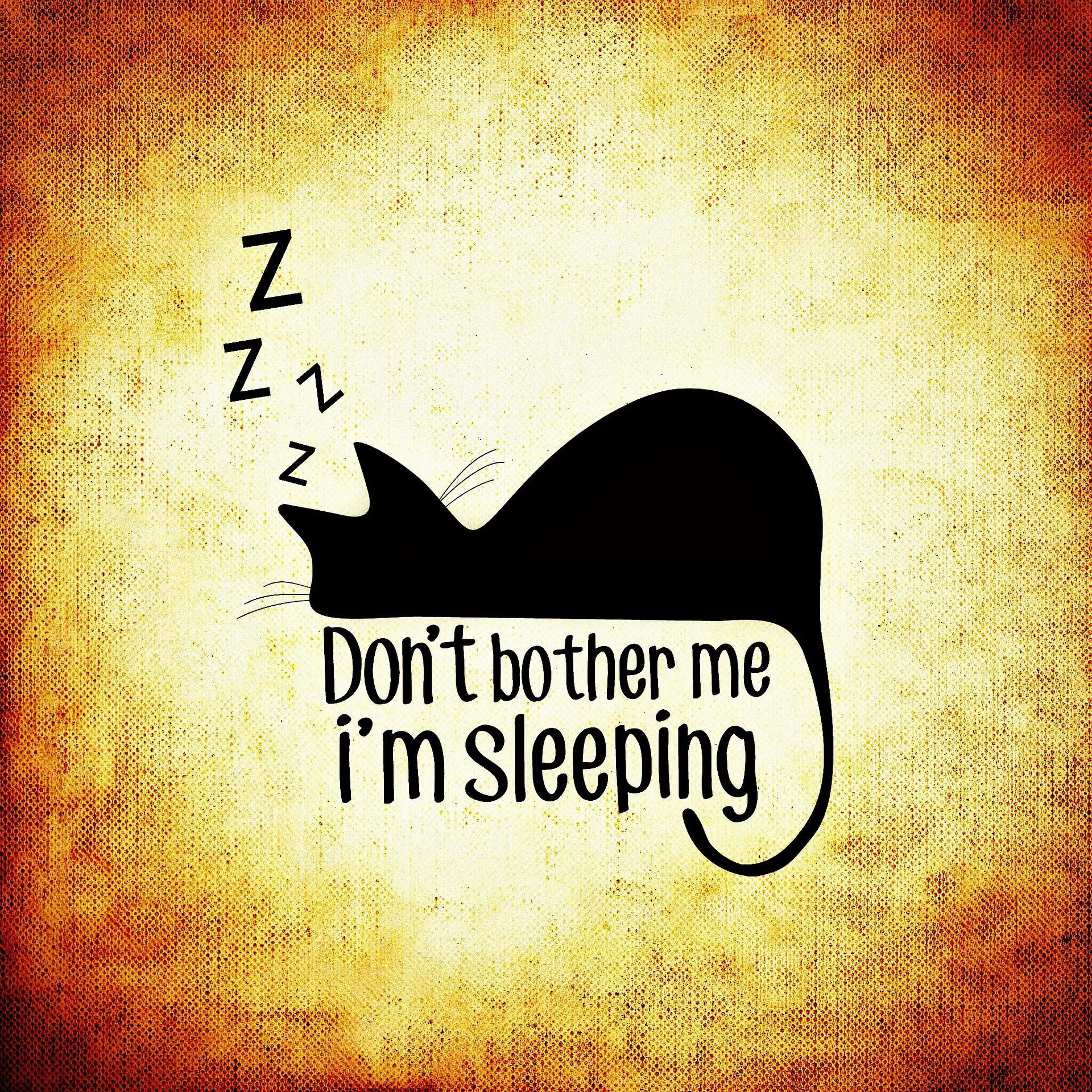
References
[1] https://www.webmd.com/beauty/features/beauty-sleep#1
[2] https://www.sleepassociation.org/about-sleep/how-important-is-sleep/
[4] https://www.webmd.com/sleep-disorders/sleep-deprivation-effects-on-memory#1
[5] https://ahdictionary.com/word/search.html?q=fall
[6] http://sleepeducation.org/news/2013/08/01/sleep-and-caffeine
[7] https://www.scientificamerican.com/article/sleep-deprivation-tied-to/
[8] https://www.sleep.org/articles/does-your-body-temperature-change-while-you-sleep/
[10] https://www.webmd.com/sleep-disorders/news/20130118/alcohol-sleep#1
[11] https://www.sleepfoundation.org/articles/what-circadian-rhythm






